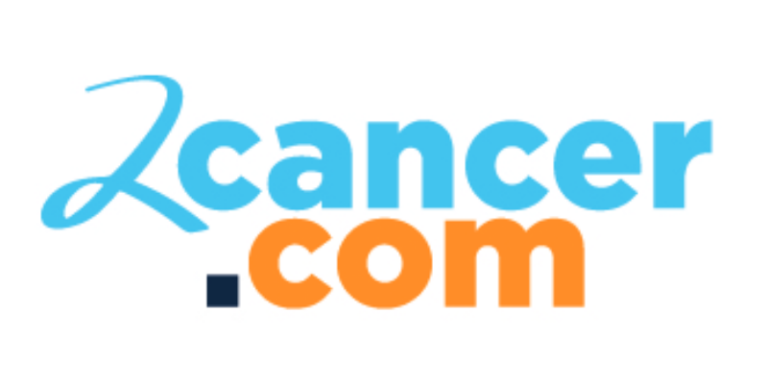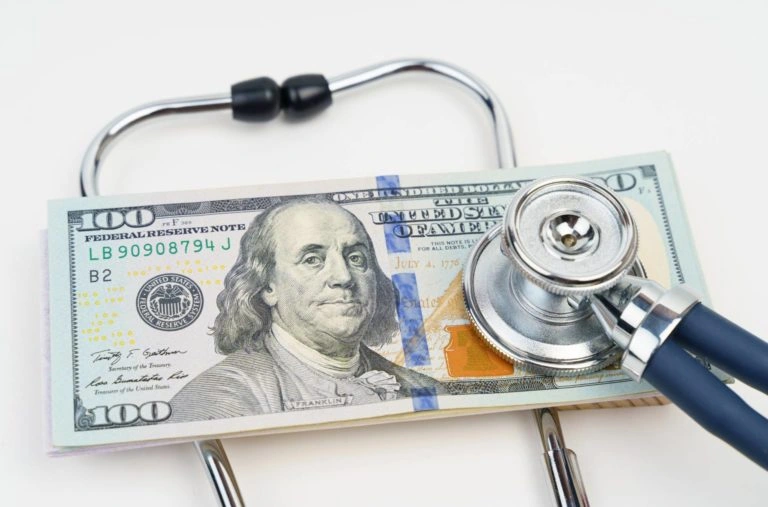Cancer treatment costs continue to increase while far outpacing the inflation rate. Even older cancer drugs are expensive, as these rising drug prices are only causing more challenges for those in need of treatment. Finding ways to obtain financial assistance for cancer patients is now more critical than ever due to the ever-increasing treatment costs.
Learning about your available options for financial assistance is essential, such as the U.S.
Department of Health and Human Services, U.S. Administration on Aging, CancerCare, HealthWell Foundation, and many others. Reaching out to these different organizations can help you learn more about their services to determine if you qualify for assistance.
Cost of Cancer Drugs and Cancer Treatment
The average cost of cancer treatment in the USA continues to increase rapidly. For example, Novartis’ Gleevec only cost $26,000 in 2001, but it now costs more than $140,000. Other examples of cancer drugs dramatically increasing in price include Adcetris, Marqibo, Folotyn, and Arranon. These rising costs make it much more difficult for cancer patients to receive the necessary treatment.
These drug prices steadily increase yearly, as these gradual increases can become significant in ten years. These prescription drug prices aren’t impacted by competitors or even the discovery of new treatments. Many of these prices for cancer treatment only continue to rise despite other treatments for cancer patients.
The rising cost of cancer treatment creates many challenges for cancer patients that don’t have enough resources to cover these expenses. These expenses also drive up the cost of health insurance, as some patients may not receive life-saving treatments due to the inability to afford health insurance. Combining these challenges with inflation makes it even more difficult for patients to obtain the necessary cancer treatment.
Unique Challenges in the Market
One of the unusual aspects of cancer drug prices is that competition is only escalating costs instead of driving them down. Competition nearly always lowers prices in any other market, but this isn’t the case for cancer treatment. However, some drug companies are even known for pharmaceutical price gouging, which significantly increases the cost of cancer drugs due to increased demand for the treatment.
Cancer medication is already one of the most expensive at the first launch. Seeing these prices increase over time only creates even more difficulties for cancer patients trying to afford these high prices. Many feel that regulation is needed to limit cancer drug price increases. Unfortunately, developing this legislation is a complex issue that continues to pose many challenges for lawmakers.
General Cost of Living for Cancer Patients
The inflation rate is also making it difficult for cancer patients to afford essential items, whether buying groceries, fuel, or electricity. Trying to predict the end of the high inflation rate is difficult. Combining the challenges of the ever-increasing inflation rate with the expensive cost of cancer treatment creates an unnecessary burden that makes it nearly impossible to meet these costly demands.
Looking at ways to reduce monthly expenses while getting financial assistance for cancer patients is vital in making it possible for many people to afford these drug prices. These programs can help you cover the expenses of everyday items. Unfortunately, worrying about the cost of cancer treatment is a common problem for many people, as these organizations can help make treatment more affordable.
Closing Thoughts
Finding ways to afford cancer treatment will continue to be a big challenge due to the rising cost of prescription drugs. The high inflation rate is also making it difficult to afford necessities, which only further compounds the problem of cancer drug prices. Doing your research while learning about programs offering financial assistance for cancer patients is also worth your time in helping you reduce the cost of cancer treatment.
Reaching out to friends or family is also good if you need help finding these programs. Some of these organizations offer grants for low-income cancer patients and can even provide assistance for other items, such as food, gas, and utilities. Ultimately, the high inflation rate and the increasing cost of drug prices will continue to create many difficulties, as receiving financial assistance can play a crucial role in making cancer treatment more affordable.

